By Amanda Rose Newton
In Central Florida, our gardens can do more than look beautiful—they can serve as safe havens for the tiny heroes that keep our ecosystems in balance. Beneficial insects such as pollinators, predators, and parasitoids help control pests naturally, boost plant health, and ensure we get those bumper harvests of fruits, veggies, and flowers. By making a few intentional choices, you can turn your yard into a beneficial insect hotspot.
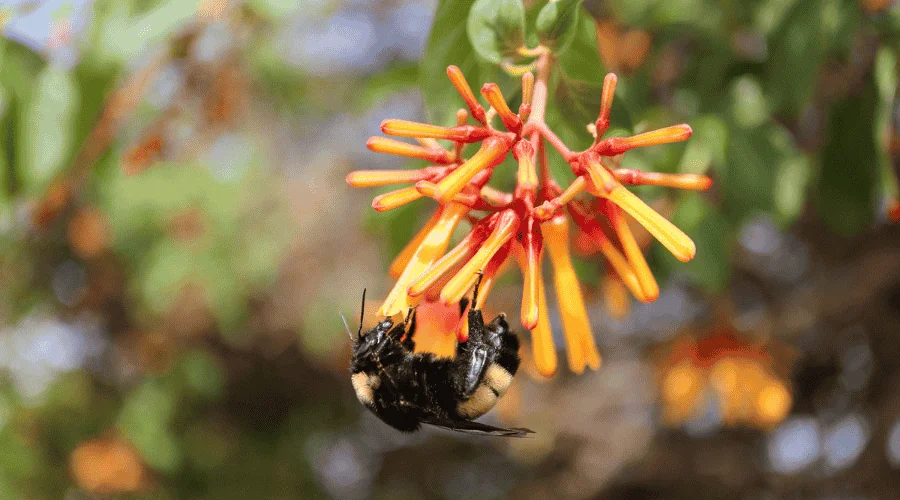
Why Beneficial Insects Need Your Help
Urban development, pesticide overuse, and habitat loss have reduced safe spaces for insects that work hard behind the scenes. In Central Florida, where warm weather allows pests to thrive year-round, having natural pest control allies can make all the difference. Supporting these insects means less reliance on chemical controls and healthier, more resilient plants.
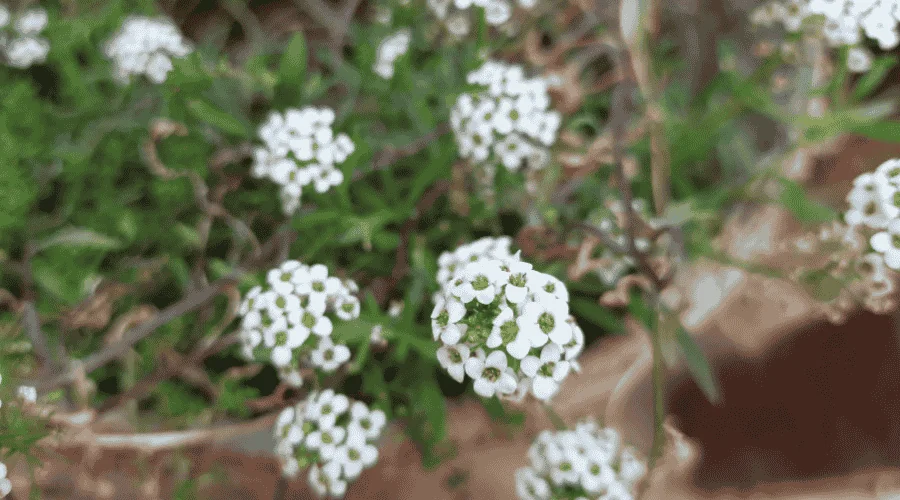
Nectar and Pollen: Nature’s Fuel
The easiest way to attract beneficial insects is by planting a variety of nectar- and pollen-rich plants. This “floral buffet” feeds pollinators like native bees and butterflies while sustaining predatory insects such as lady beetles, lacewings, and hoverflies. Many predators rely on nectar and pollen during part of their life cycle—even the fiercest pest hunters need a sweet snack sometimes.
Fun fact: Some plants hide their nectar in unusual places, known as extrafloral nectaries. Unlike the nectar in flowers, these sugary spots can be found on leaves, stems, or even at the base of leaf stalks. They’re like secret insect rest stops! Passionflower vines and certain types of cassia grown in Florida all have extrafloral nectaries that attract ants, wasps, and other defenders that protect the plant from pests.
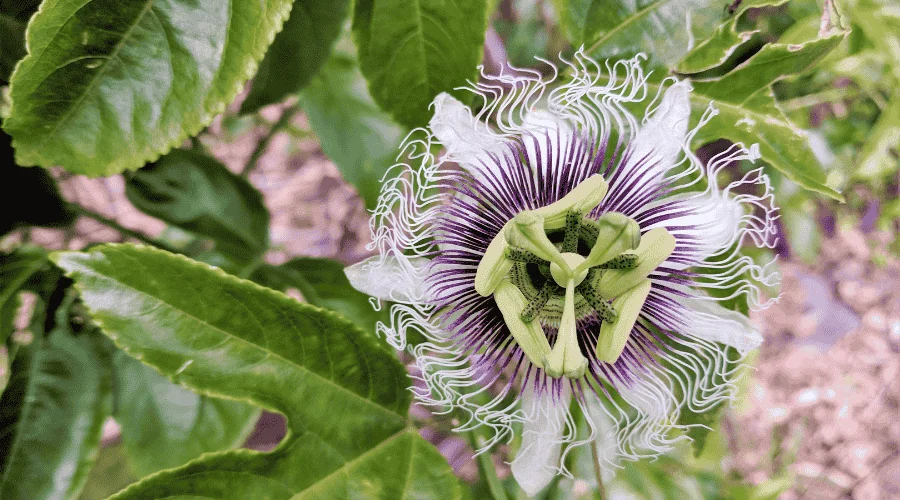
Top Plant Picks for Central Florida — and Their Beneficial Visitors
Here are a few Florida-friendly options to keep the beneficial insect crowd well-fed, along with the kinds of insects you’re likely to spot.
1. Firebush (Hamelia patens)
- Visitors:
- Pollinators: Gulf fritillary butterflies, zebra longwings, native long-tongued bees.
- Predators: Paper wasps (which also hunt caterpillars for their larvae).
- Parasitoids: Tiny braconid wasps seeking caterpillar hosts.
2. Sweet Alyssum (Lobularia maritima)
- Visitors:
- Pollinators: Sweat bees and small halictid bees.
- Predators: Hoverflies (Syrphidae), whose larvae eat aphids and thrips.
- Parasitoids: Tachinid flies that target caterpillars and beetle larvae.
3. Passionflower Vine (Passiflora spp.)
- Special Feature: Extrafloral nectaries at the base of leaf stalks.
- Visitors:
- Pollinators: Gulf fritillary and zebra longwing butterflies.
- Predators: Big-headed ants and paper wasps, attracted to the nectaries.
- Parasitoids: Trichogramma wasps that lay eggs in butterfly and moth eggs.
4. Partridge Pea (Chamaecrista fasciculata)
- Special Feature: Extrafloral nectaries along the leaf stems.
- Visitors:
- Pollinators: Native bumblebees and leafcutter bees.
- Predators: Minute pirate bugs and assassin bugs.
- Parasitoids: Braconid wasps hunting caterpillars on nearby plants.
5. Blanketflower (Gaillardia pulchella)
- Visitors:
- Pollinators: Metallic green sweat bees, honeybees, and skipper butterflies.
- Predators: Lady beetles feeding on aphids nearby.
- Parasitoids: Ichneumon wasps using nectar before searching for hosts.
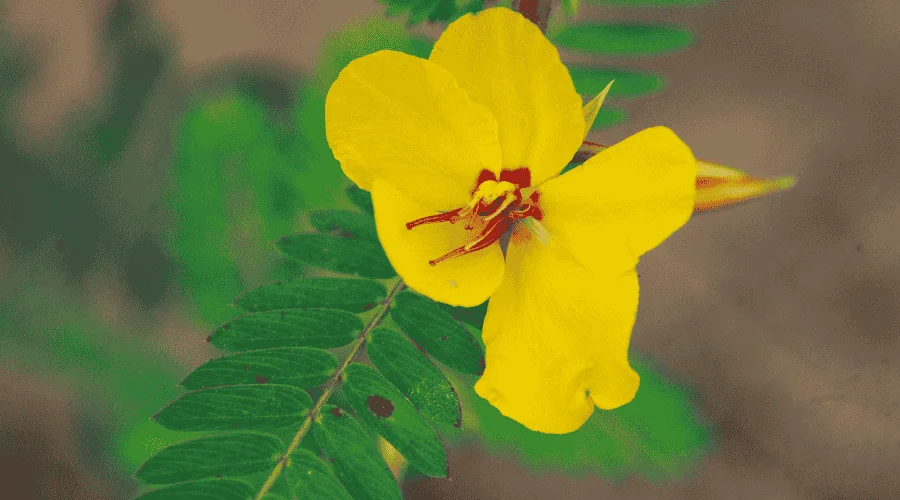
Beyond Flowers: Habitat Matters
Beneficial insects also need shelter, nesting spaces, and water. Try these additions:
- Mulched areas for ground beetles and spiders to hunt and hide.
- Native grasses for overwintering and egg-laying sites.
- Shallow water dishes with pebbles for thirsty pollinators.
And remember—skip the broad-spectrum pesticides. Even organic sprays can harm your garden allies if applied indiscriminately.
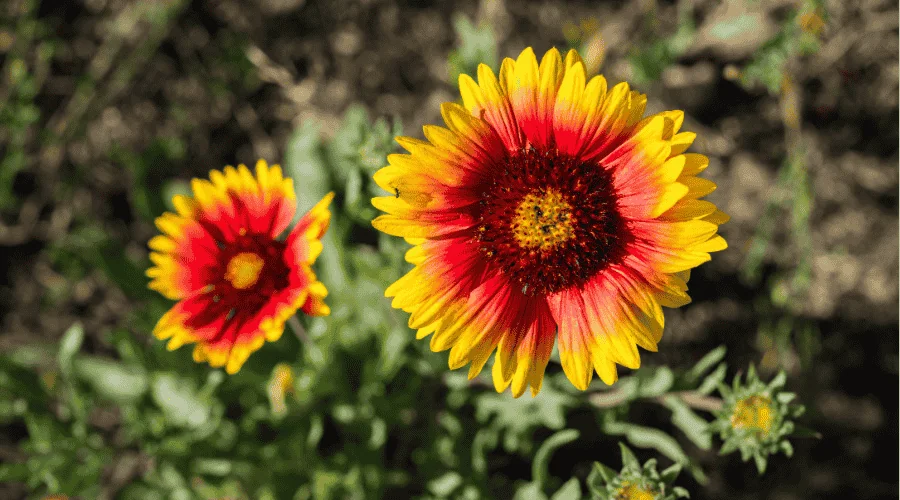
Becoming a Garden Habitat Hero
By planting diverse blooms, embracing a few weeds, and leaving wild corners in your yard, you’re creating a refuge for nature’s most important workers. The payoff? A healthier garden, more blooms and fruit, and a front-row seat to some fascinating insect behavior—including the moment a wasp discovers an extrafloral nectary on your passionflower vine.
Your Central Florida garden can be more than just pretty—it can be a place where beneficial insects thrive, turning your backyard into a miniature ecosystem that’s buzzing with life.


